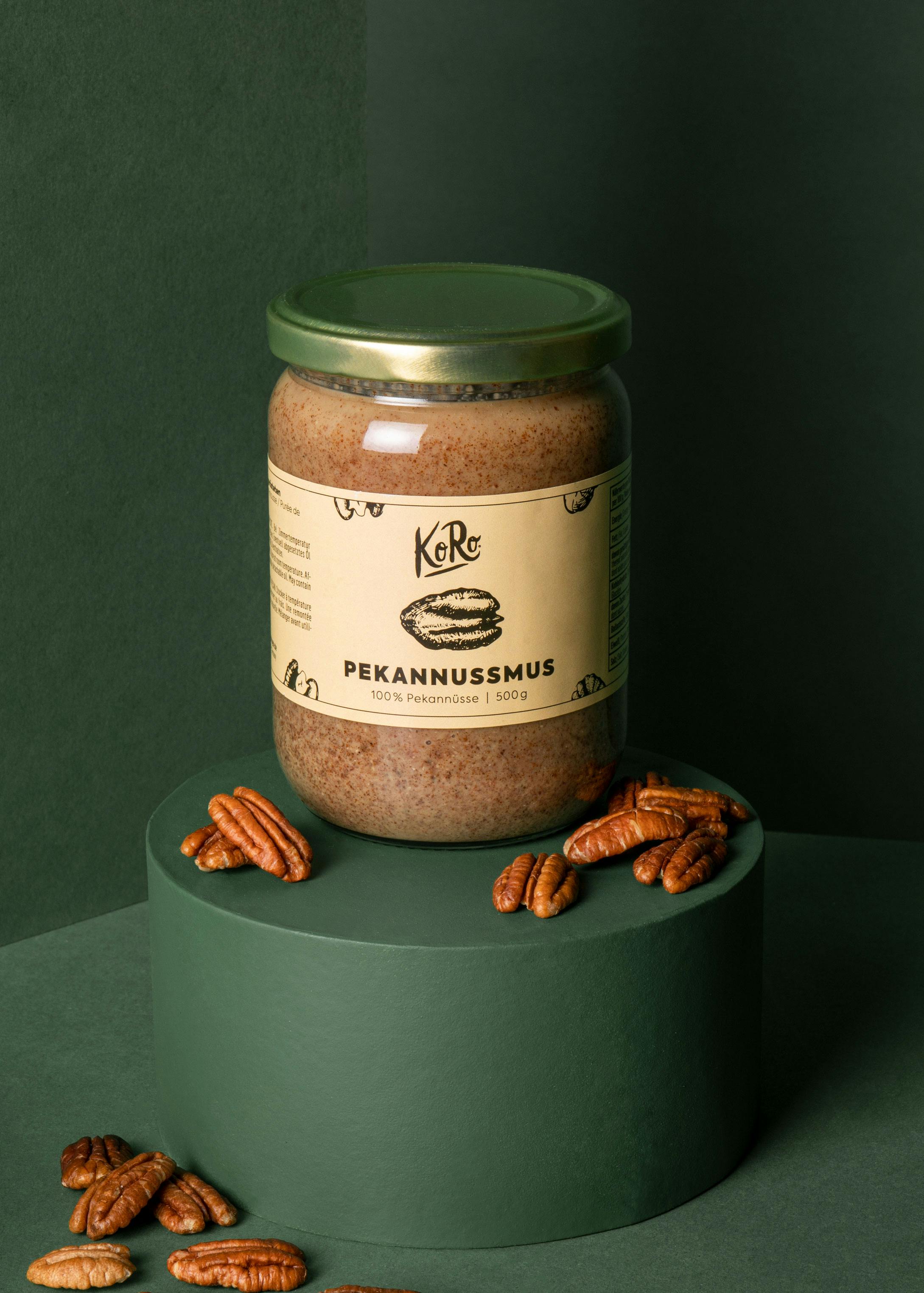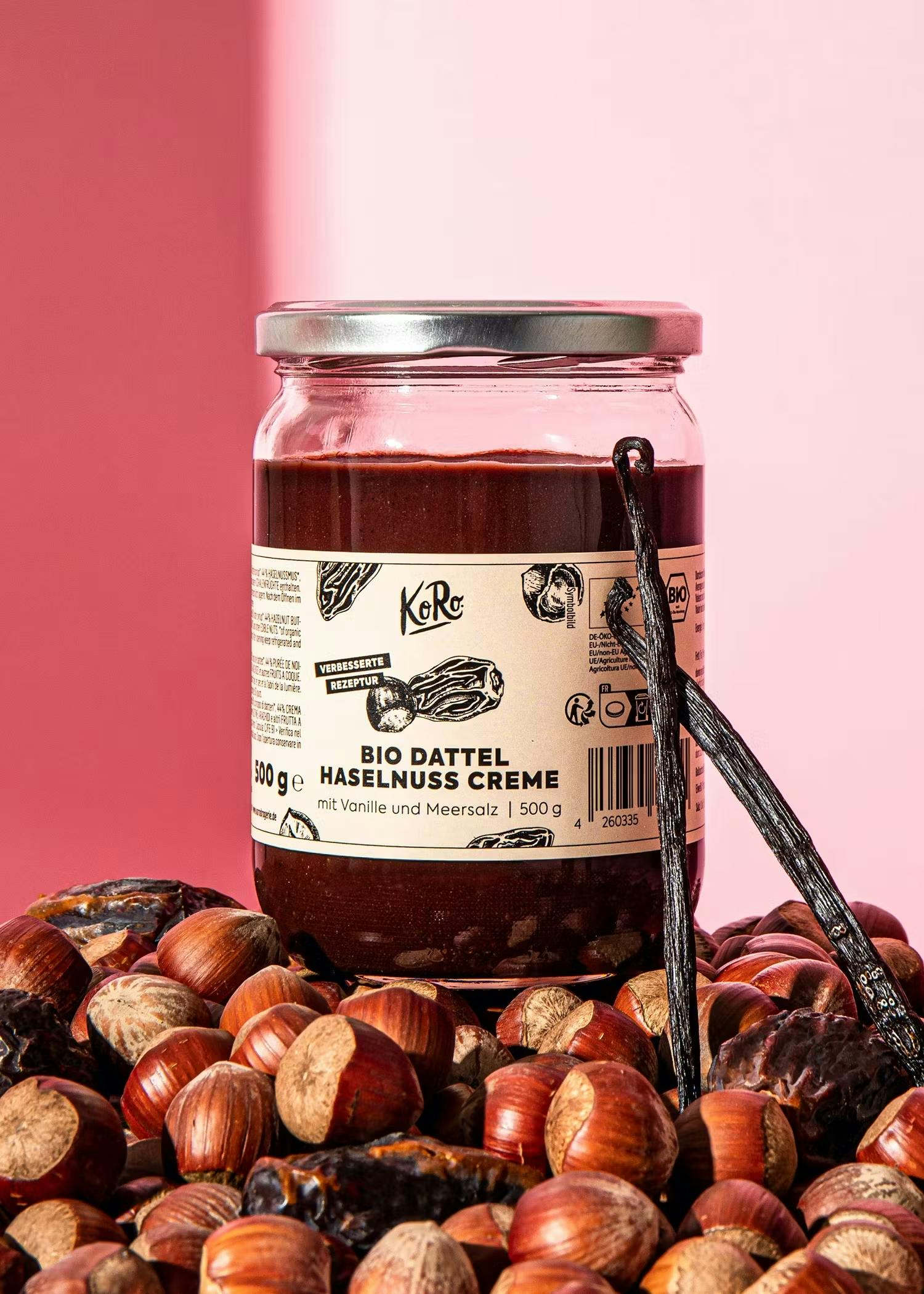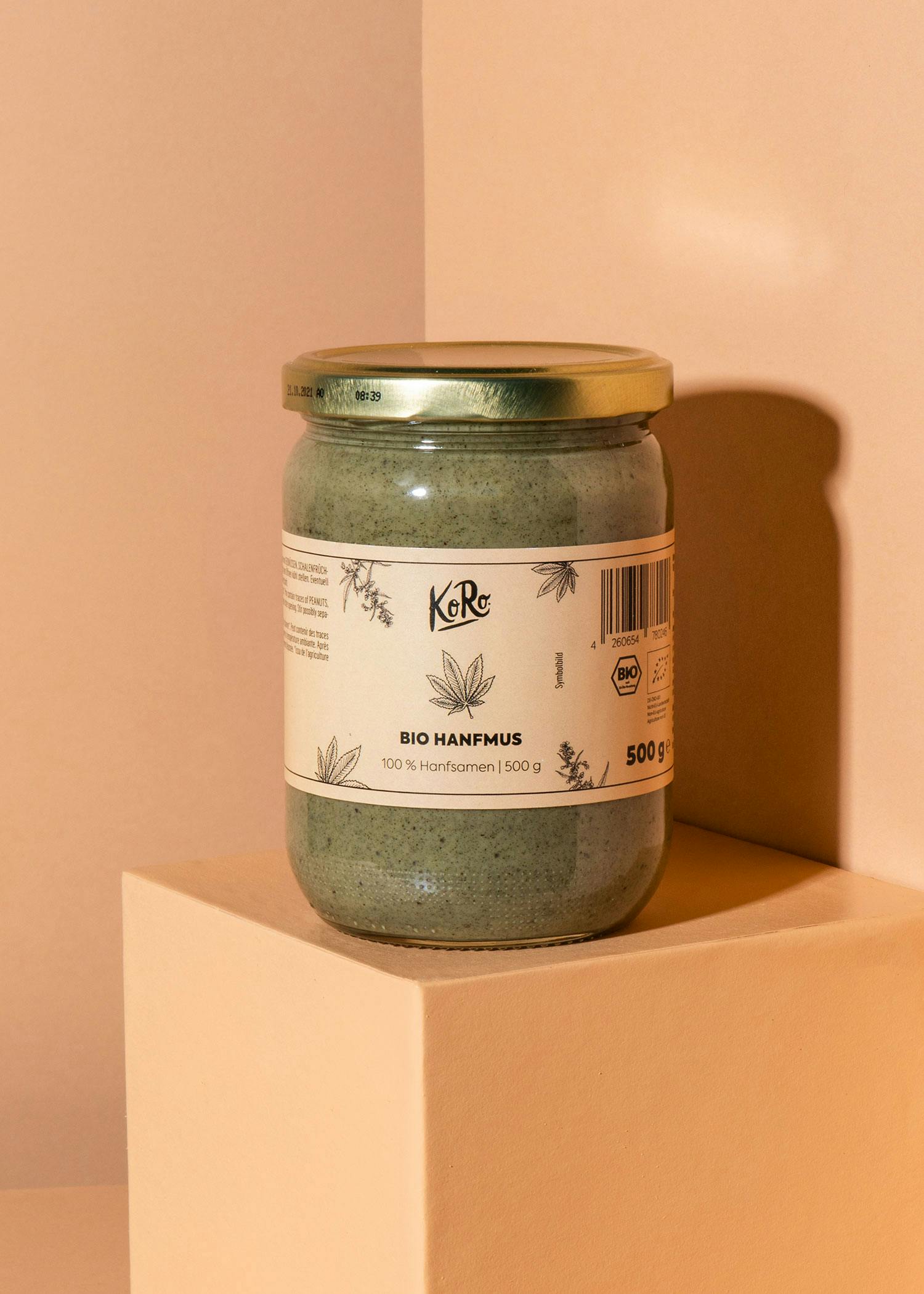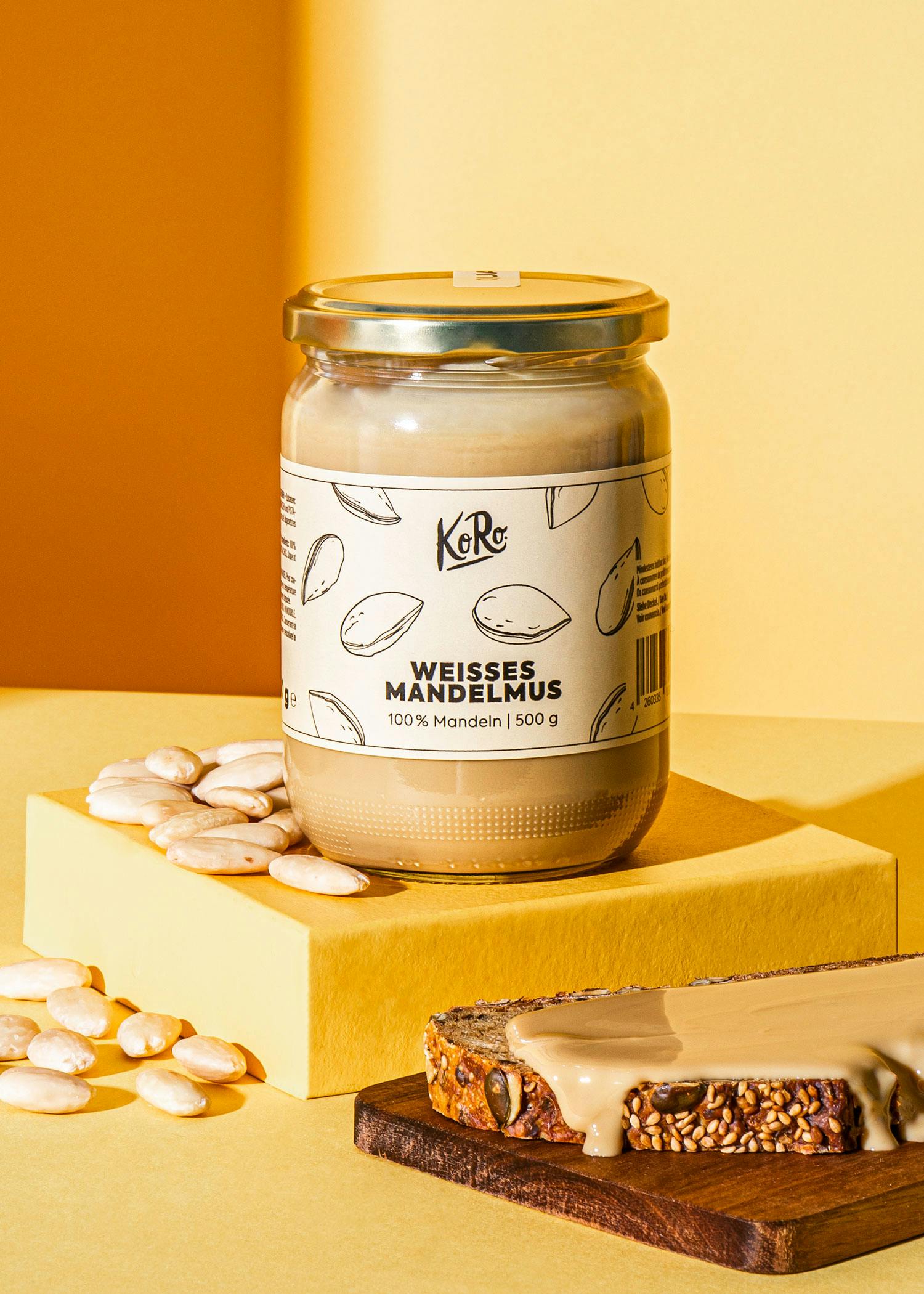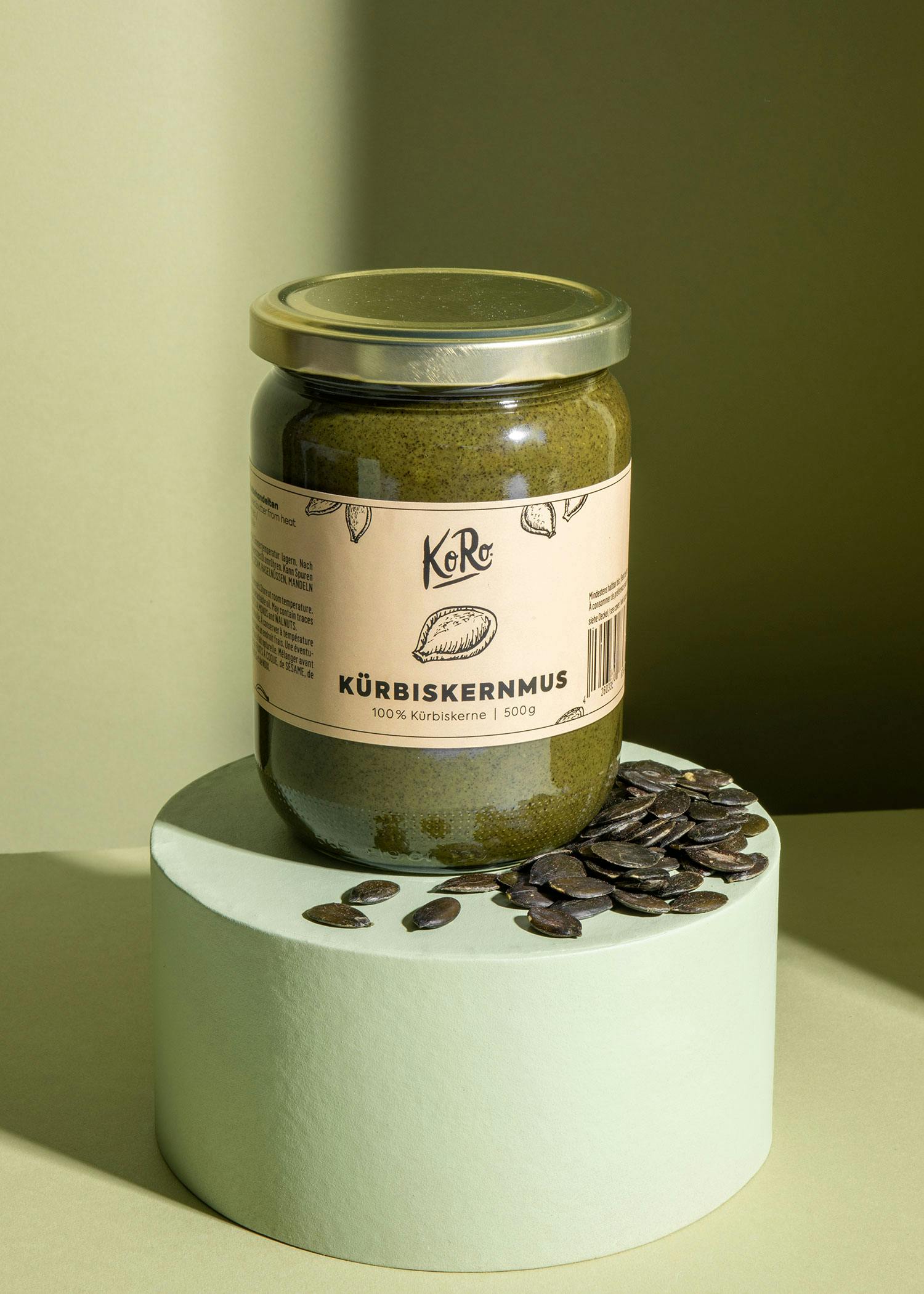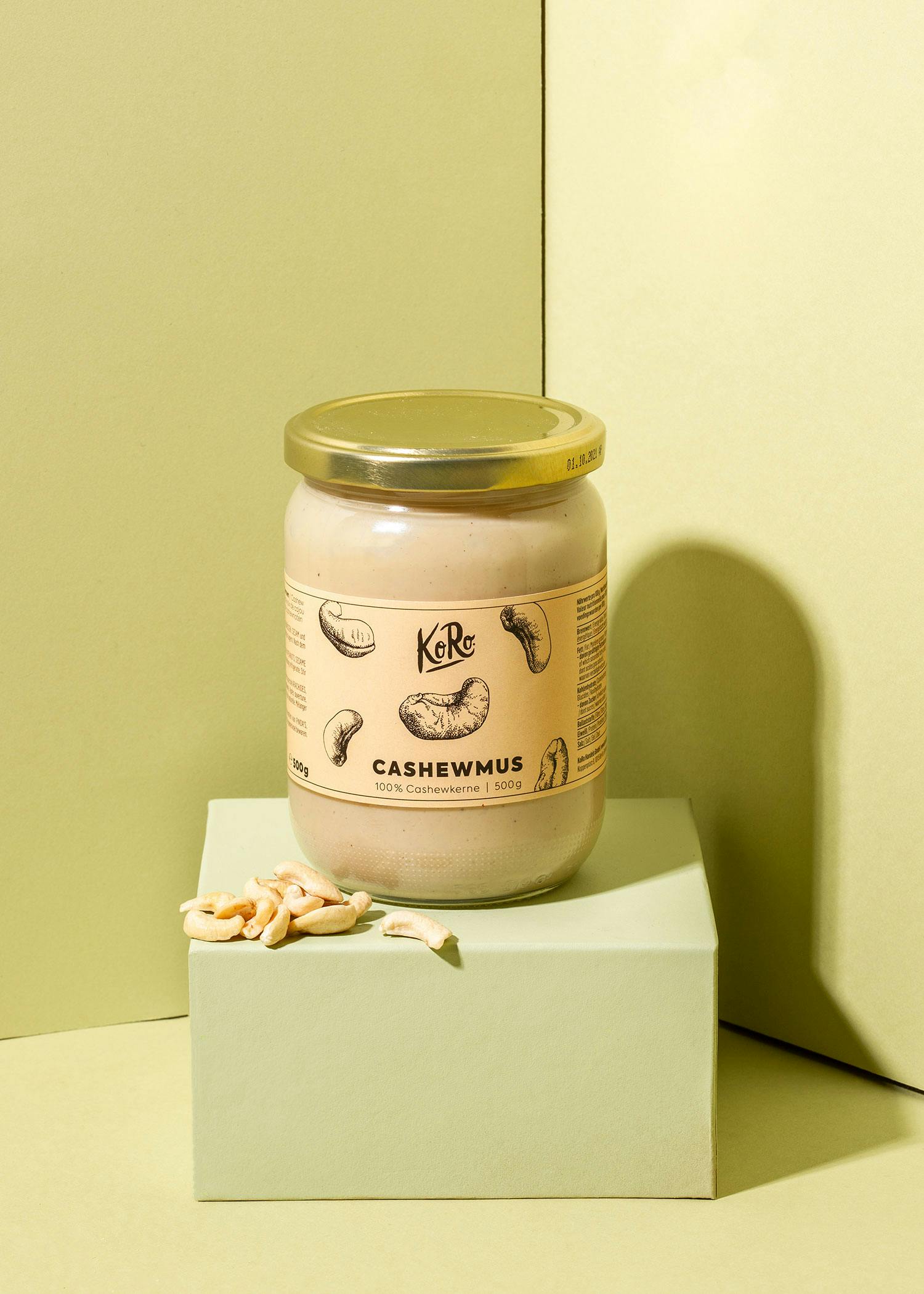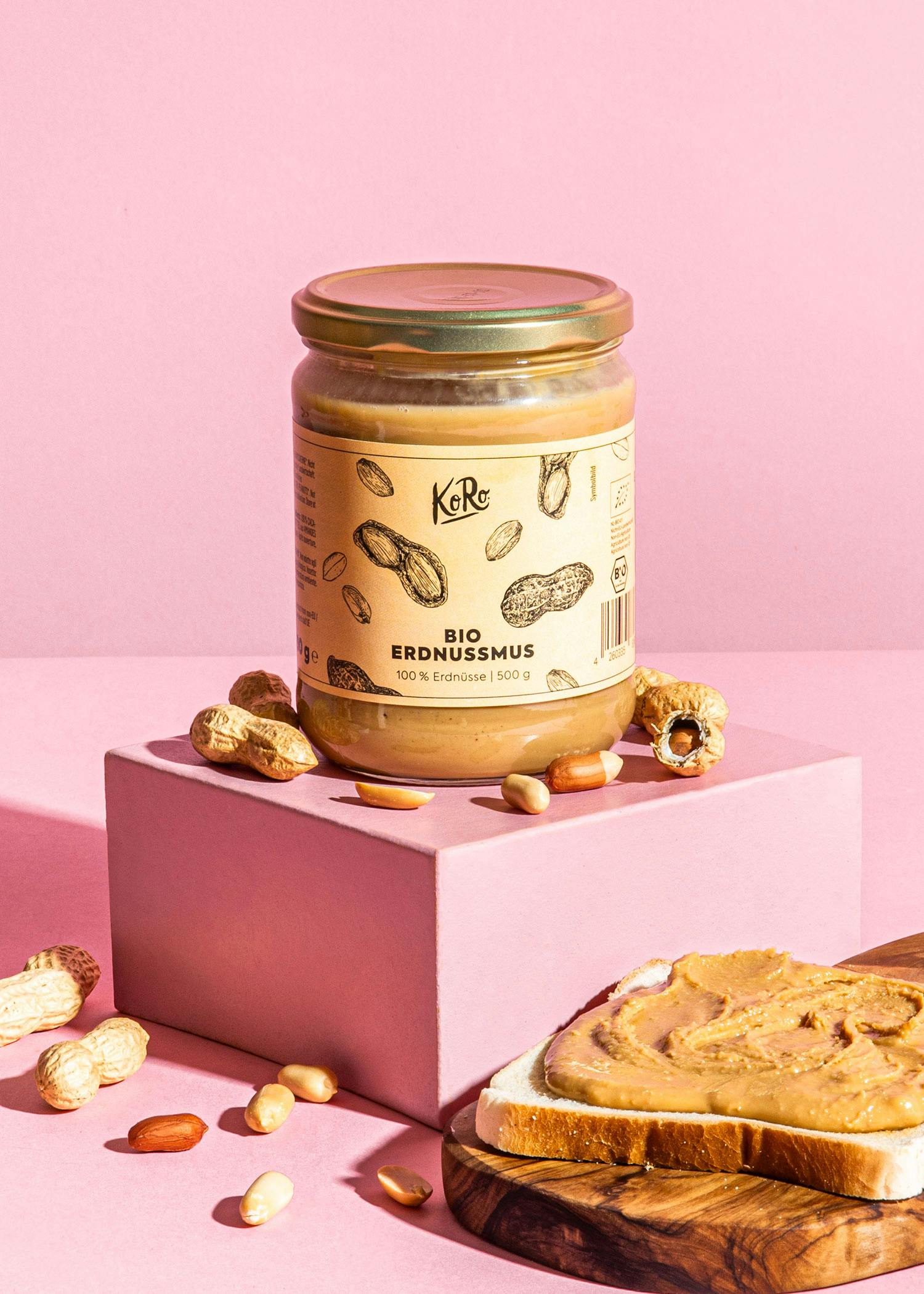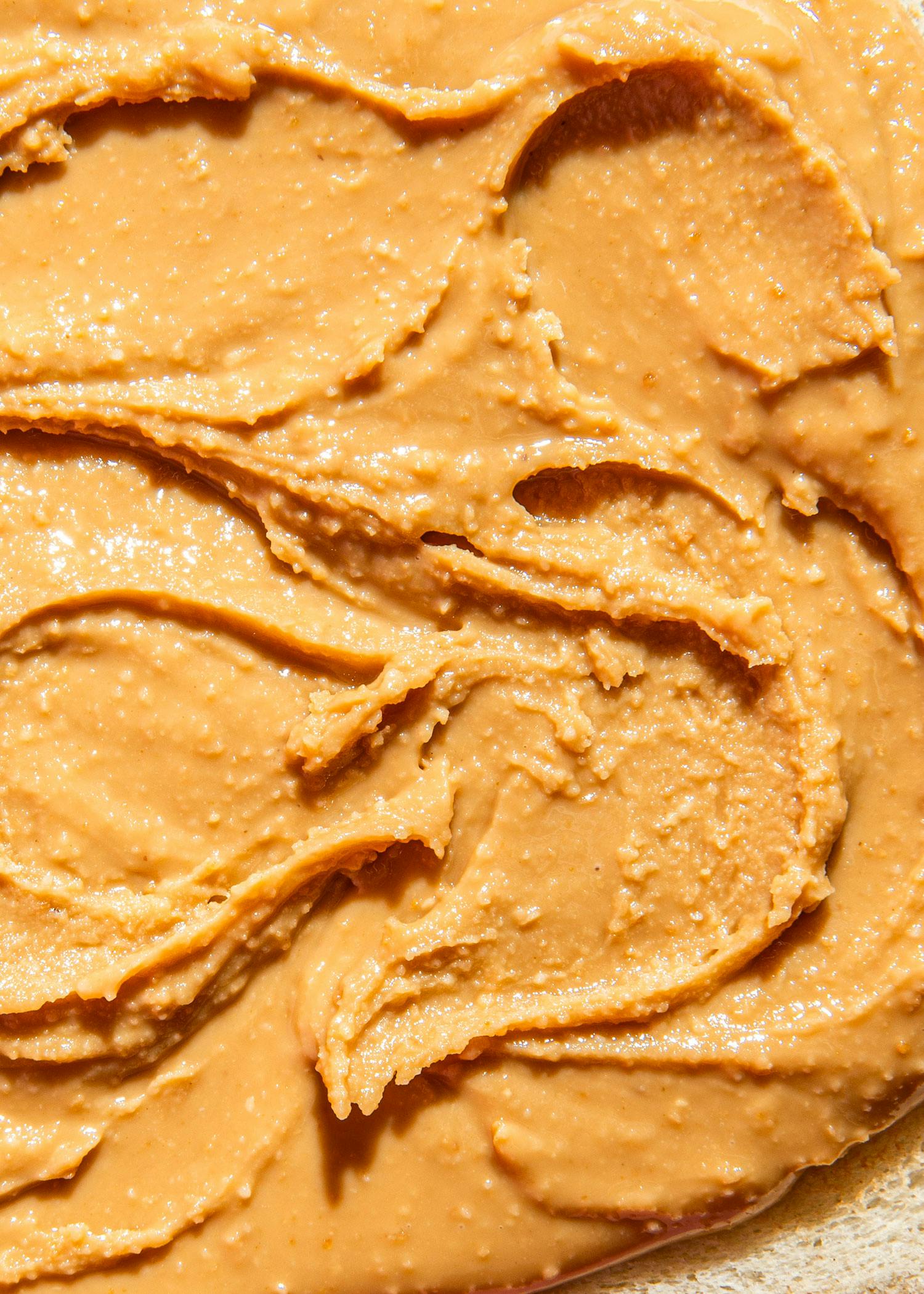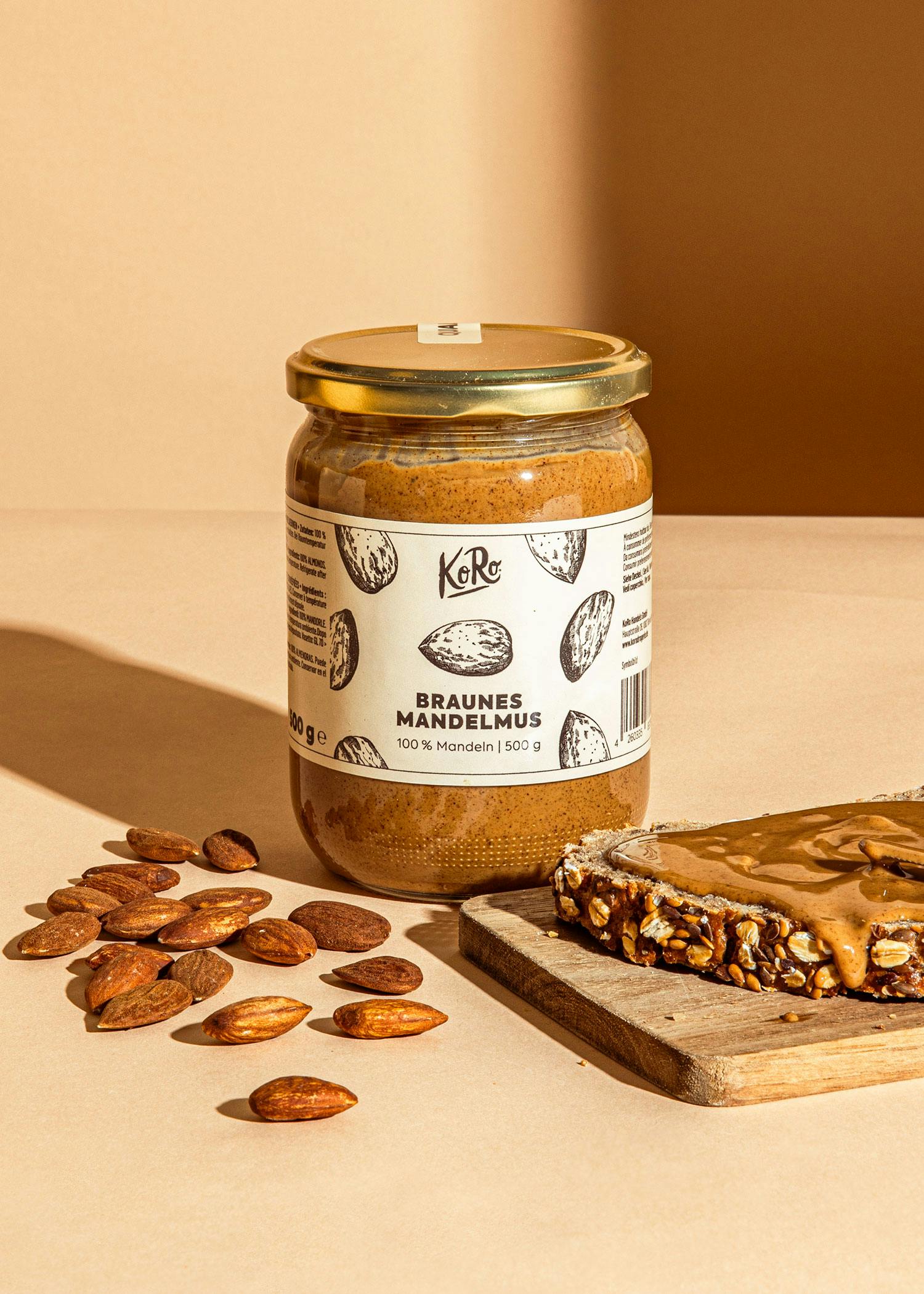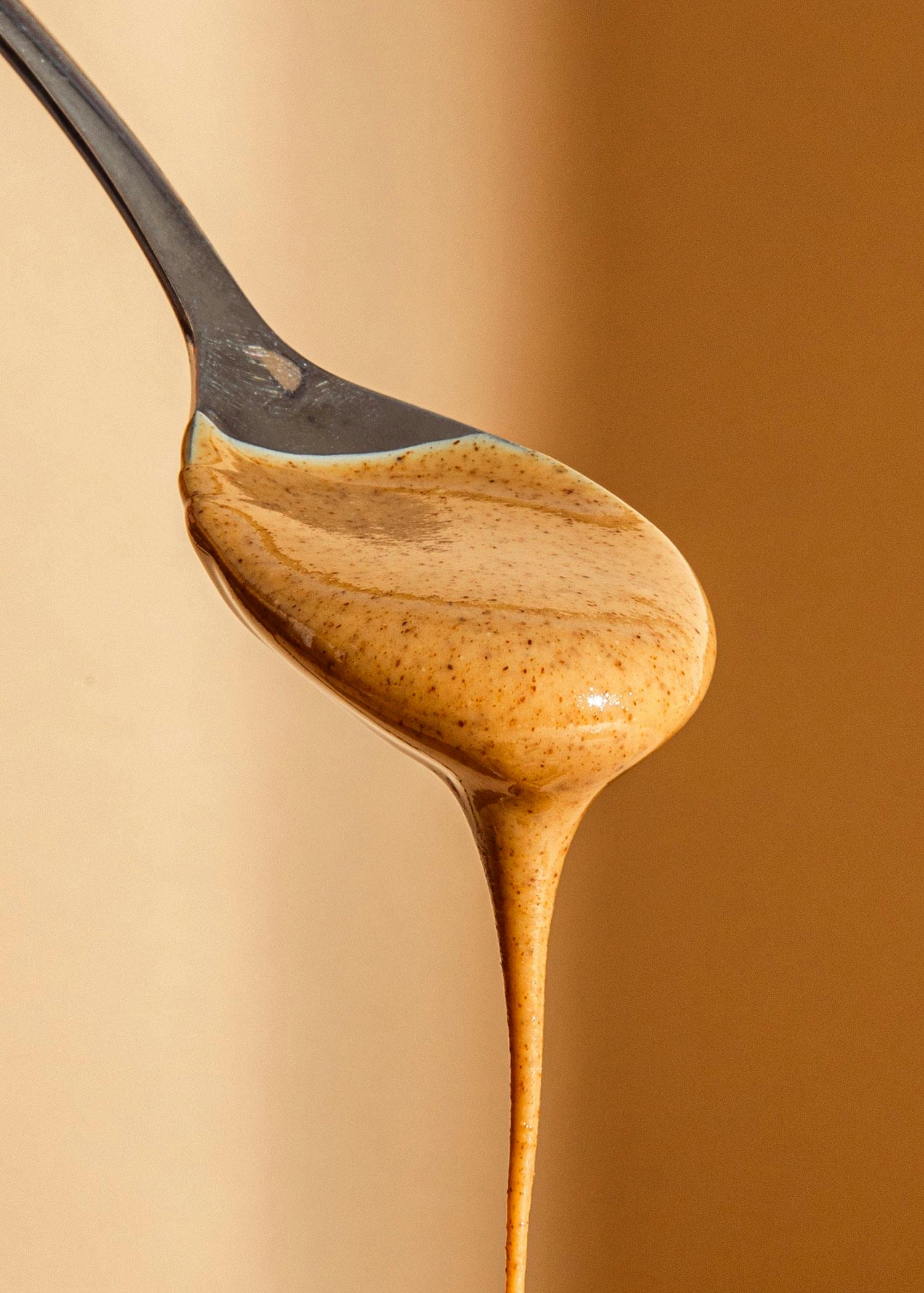"Plopp" - this melodious sound reveals a lot about the type of sealing mechanism of a jar. Only jars that are filled in a vacuum sealing system also "pop" when they are screwed on. In this process, the product is heated before it is filled into the jar. When the product cools down again, the air contracts and a vacuum is created. This causes the lid to tighten. When it is opened for the first time, air enters the jar again and the vacuum is released. The familiar popping sound can be heard.
No vacuum, no plop!
If jars are to be sealed without a vacuum, only the lid is heated instead of the product. The layer of material integrated in the lid softens and adheres to the jar when it is closed. As no negative pressure is created in the jar during this process, the jars are slightly easier to unscrew and therefore no popping sound is heard when they are opened. Thanks to the vacuum-free sealing technology, the product can be filled in a nutrient-friendly way as it does not undergo any additional heating.
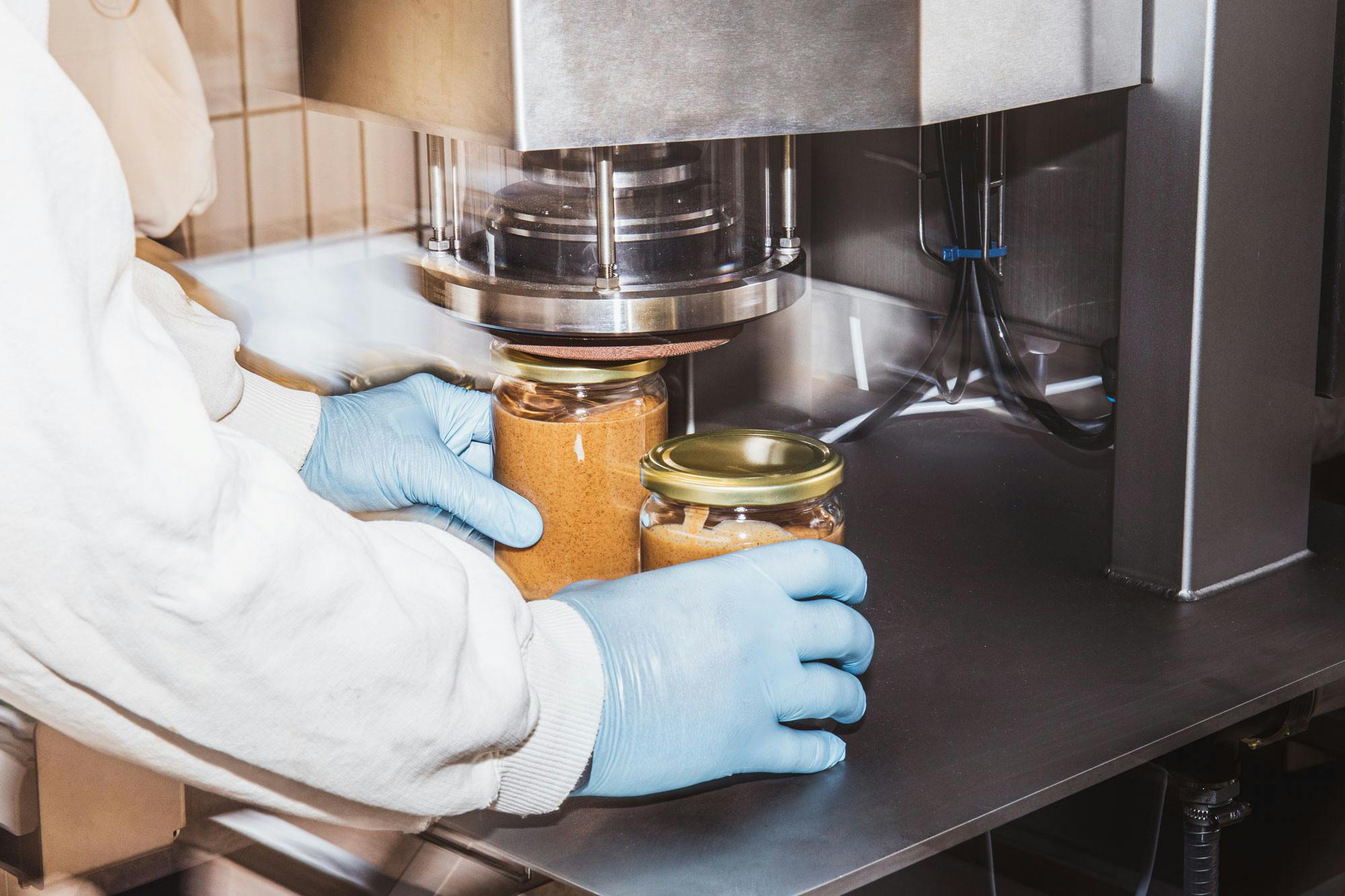
High quality even without the popping sound
If our nut butter jars do not pop when opened, this is by no means a lack of quality or freshness. Due to its high fat content, nut butter keeps even without a vacuum. The naturally deposited layer of oil also acts as protection against oxygen ingress and thus preserves the product. By the way, we have tested how to get the puree creamy again in no time at all in an article for you!
You can easily tell whether one of our products has been filled in a vacuum sealer by looking at the lid: Vacuum-sealed jars have additional slight bulges on the lid. Jars that are sealed without a vacuum, on the other hand, can be recognized by a lid with a smooth surface.
